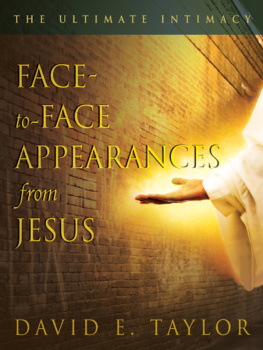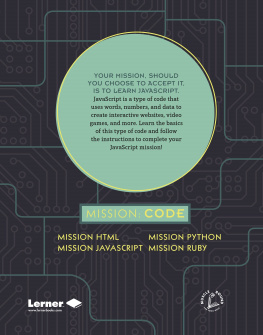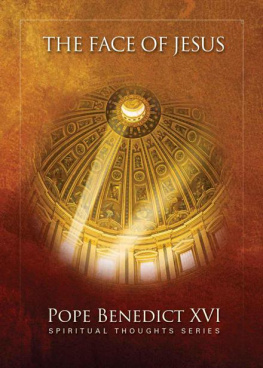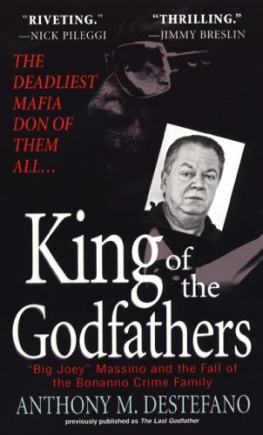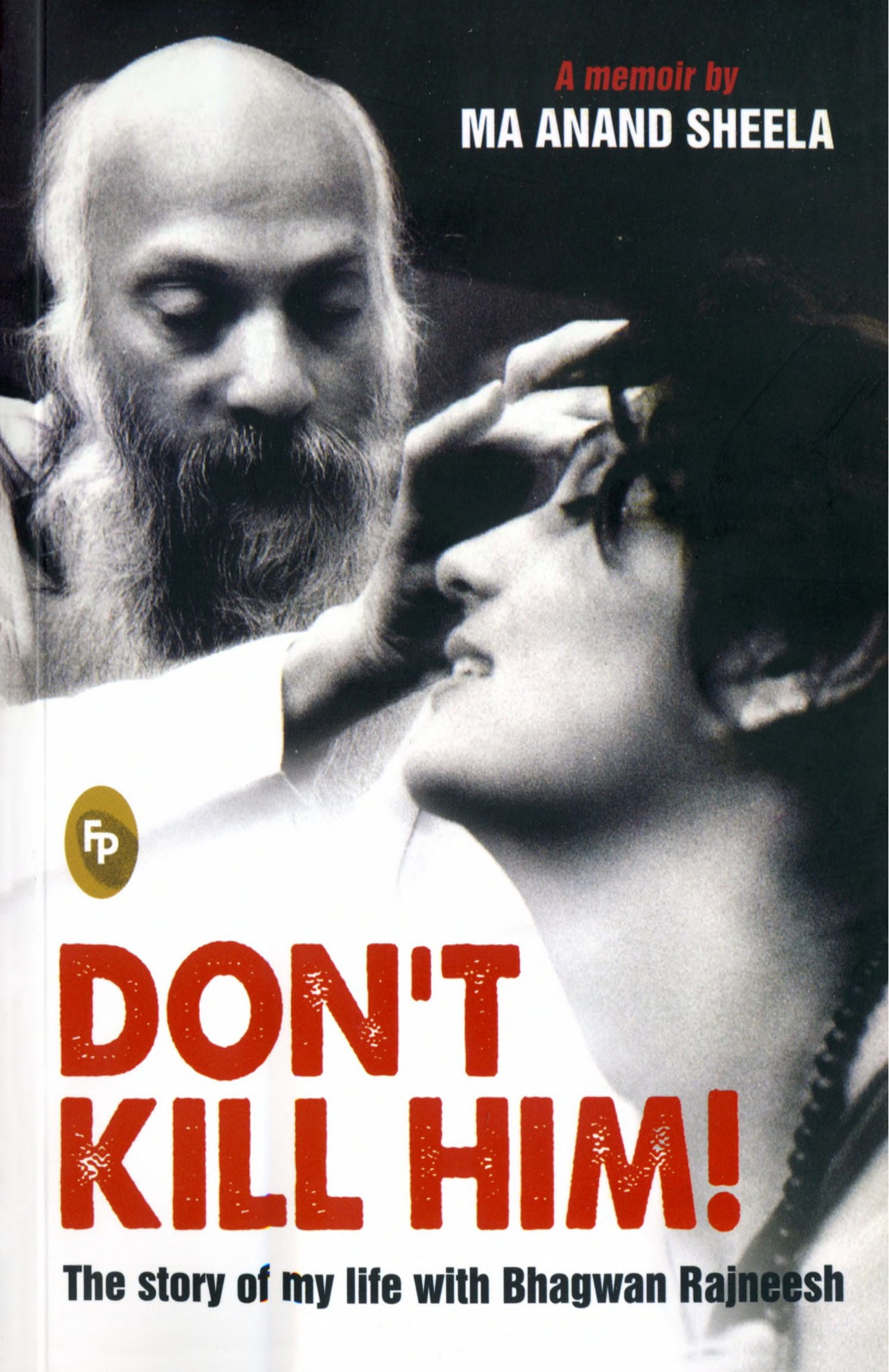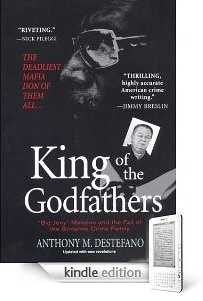Sheela Raval - Godfathers of Crime: Face-To-Face With Indias Most Wanted
Here you can read online Sheela Raval - Godfathers of Crime: Face-To-Face With Indias Most Wanted full text of the book (entire story) in english for free. Download pdf and epub, get meaning, cover and reviews about this ebook. year: 2015, publisher: Hachette India, genre: Non-fiction. Description of the work, (preface) as well as reviews are available. Best literature library LitArk.com created for fans of good reading and offers a wide selection of genres:
Romance novel
Science fiction
Adventure
Detective
Science
History
Home and family
Prose
Art
Politics
Computer
Non-fiction
Religion
Business
Children
Humor
Choose a favorite category and find really read worthwhile books. Enjoy immersion in the world of imagination, feel the emotions of the characters or learn something new for yourself, make an fascinating discovery.
- Book:Godfathers of Crime: Face-To-Face With Indias Most Wanted
- Author:
- Publisher:Hachette India
- Genre:
- Year:2015
- Rating:4 / 5
- Favourites:Add to favourites
- Your mark:
- 80
- 1
- 2
- 3
- 4
- 5
Godfathers of Crime: Face-To-Face With Indias Most Wanted: summary, description and annotation
We offer to read an annotation, description, summary or preface (depends on what the author of the book "Godfathers of Crime: Face-To-Face With Indias Most Wanted" wrote himself). If you haven't found the necessary information about the book — write in the comments, we will try to find it.
Sheela Raval: author's other books
Who wrote Godfathers of Crime: Face-To-Face With Indias Most Wanted? Find out the surname, the name of the author of the book and a list of all author's works by series.
Godfathers of Crime: Face-To-Face With Indias Most Wanted — read online for free the complete book (whole text) full work
Below is the text of the book, divided by pages. System saving the place of the last page read, allows you to conveniently read the book "Godfathers of Crime: Face-To-Face With Indias Most Wanted" online for free, without having to search again every time where you left off. Put a bookmark, and you can go to the page where you finished reading at any time.
Font size:
Interval:
Bookmark:
GODFATHERS
OF
CRIME
Face-to-face with
Indias Most Wanted
SHEELA RAVAL

First published in 2015 by Hachette India
(Registered name: Hachette Book Publishing India Pvt. Ltd)
An Hachette UK company
www.hachetteindia.com

This ebook published in 2015
Copyright 2015 Sheela Raval
All photographs courtesy Mahendra Parikh and ABP News
Sheela Raval asserts the moral right to be identified as the author of this work
All rights reserved. No part of the publication may be copied, reproduced, downloaded, stored in a retrieval system, or transmitted in any form or by any means without the prior written permission of the publisher, nor be otherwise circulated in any form of binding or cover or digital format other than that in which it is published and without a similar condition being imposed on the subsequent purchaser.
Print edition ISBN 978-93-5009-976-6
Ebook edition ISBN 978-93-5009-977-3
The views and opinions expressed in this book are the authors own and the facts are as reported by her. The publishers are not in any way liable for the same.
Hachette Book Publishing India Pvt. Ltd
4th/5th Floors, Corporate Centre
Plot No. 94, Sector 44, Gurgaon 122003, India
Author photo by Satyakki Bhattacharjee
Cover photos courtesy India Today and ABP News
Cover design by Maithili Doshi Aphale
Originally typeset in Linux Libertine 10.5/13.9
by Saanvi Graphics, Noida
To my parents, Harshadrai and Pragya, for bestowing a free mind, spirit and a blazing fire inside me that has always helped me find my way through the battles of life.
And to my dear stepmother, Indira, for her encouragement and unwavering support.
Contents
PART 1
Encounters with the D Company
PART 2
The Hindu Dons
M ARIO PUZO WOULD HAVE BEEN proud of the scene.
In a ballroom chock-full with guests an opulent wedding reception was being held in all its finery. The large hall had been divided into smaller sections to create an intimate ambience for some of its special guests. In one such cordoned-off section, at the extreme right of the ballroom, a burly man in his fifties with a thick trademark moustache sat in a huge Chesterfield armchair, exuding authority. The armchair had been placed facing the podium where the bride and the groom were seated. From his vantage point he could see the guests were milling about and celebrating, but the guests could not see him. The dark suit fitted him perfectly, and he looked impeccable in it. The stark contrast between the colourful celebrations in the ballroom and the dark, subdued tone of the antechamber could not be more compelling.
Across the distance, our eyes met, and I mouthed hello. He nodded in response. For a brief second, my mind went numb. I could hardly believe that the man had returned my greeting.
I was living the wedding scene that opens the 1972 classic film The Godfather, based on Mario Puzos novel. I remembered a line from the movie that had introduced me to the mafia, the underworld, in my college days: No Sicilian can refuse a request on his daughters wedding day. I really wished at that moment, in Dubai, that the don would follow the Italian-American mafia tradition and accept my request to interview him. But this was not The Godfather, nor was he the fictional Don Corleone. The man sitting in the plush armchair was none other than Indias most-wanted man, Dawood Ibrahim Kaskar, overseeing the reception of his daughter Mahrukhs wedding in the summer of 2005 and while the rest of the worlds media feverishly reported the dons absence from the event, I was the only journalist to see him there in flesh and blood.
I T SEEMS STRANGE NOW FOR me to think that I stumbled into covering the underworld by default.
I had joined the Mumbai edition of Gujarat Samachar, the largest-selling Gujarati daily, as a subeditor-cum-reporter in 1988, while simultaneously pursuing a postgraduate degree in Economics and Sociology from Mumbai (then Bombay) University. I had initially gone to the Gujarat Samachar office to learn how a newspaper office functions, in order to complete the final submission for the part-time diploma course in journalism I was taking at the time. There I happened to meet Mr Vraj Matari, the resident editor. Mr Matari asked me why I was inclined towards journalism instead of an academic career after completing my Masters degree. My response was that my parents were already in the teaching profession, and I had an urge to look beyond my daily surroundings and open myself up to some adventures in life. The idea of becoming a journalist had arisen from that. My answer probably nailed it for me, and I got a job offer on the spot, starting immediately. I requested Mr Matari to give me some time to get back to him, as I had to first take my fathers permission. When I told my father, he was a bit apprehensive as my profile would require me to pull night shifts, and my extended family had cautioned him that the media was a risky proposition for girls. Nevertheless, I began my journey in journalism the next day on the two conditions that I would not be required to work a night shift and that my timings would be fixed between 1 p.m. and 8 p.m.
My first major story was about the spectacularly lavish wedding between the children of two of Mumbais leading diamantaire families: those of Bharat Shah and Kishore Mehta. I had received the most-coveted wedding invite and was given access to the sangeet ceremony. Bharat Shah was an icon in Gujarat, known for his meteoric rise in the diamond and film industries. Originally from Palanpur, Bharat and his brother, Vijay, both college dropouts, went on to become diamond czars within the short span of a decade. They founded Indias largest diamond empire, a ` 35 billion conglomerate (then known as B. Vijaykumar in India and Vijaydimon in Belgium) with interests in diamonds, construction and films. They had established diamond-cutting and polishing factories in Bangkok, Antwerp, Tel Aviv, Mumbai, Surat and Palanpur.
Bharat Shahs 18-year-old daughter, Reshma, was getting married on 21 December 1989, but the preparations had begun a month earlier. Shah had a designer of film sets set up a Rajasthani palace at Wankhede Stadium. Reshmas wedding mandap was the replica of a fairytale palace with heavily encrusted pillars, entwined with tulips from Holland and orchids from Thailand. Traditionally, among Gujaratis, the brides father makes all the wedding arrangements, and Shah wanted to make sure it would be a wedding to remember. The event lasted seven days with pre- and post-wedding theme parties, a black-tie James Bond and an Indiana Jones party being among the highlights. Nearly 20,000 guests were invited, including the entire diamond and film fraternity. Fireworks and laser shows, mehendi for the ladies, music and dandiyaraas, complimentary Indian wedding attire for international guests the entire staff of B. Vijaykumar had gone into overdrive to ensure everything went off smoothly.
The ostentatious wedding was met with massive protests. Demonstrations were held outside the stadium while elite guests in designer wear and exquisite jewellery stepped out of limousines, BMWs and Mercedes. Khadi-clad activists from groups such as the Mumbai Sarvodaya Mandal, the Janmukti Sangharsha Vahini, the Chhatra Yuva Sangharsha Vahini and the Stree Mukti Sangathan chanted, Yeh shaadi nahin, tamasha hai. Tamashe ko bandhkaro, bandh karo! (This is not a wedding but a spectacle; stop the spectacle now!) at the gates. The stark social contrast was played out for a week, which I reported in a series of articles that rewarded me with instant recognition in Mumbai and Gujarat.
Next pageFont size:
Interval:
Bookmark:
Similar books «Godfathers of Crime: Face-To-Face With Indias Most Wanted»
Look at similar books to Godfathers of Crime: Face-To-Face With Indias Most Wanted. We have selected literature similar in name and meaning in the hope of providing readers with more options to find new, interesting, not yet read works.
Discussion, reviews of the book Godfathers of Crime: Face-To-Face With Indias Most Wanted and just readers' own opinions. Leave your comments, write what you think about the work, its meaning or the main characters. Specify what exactly you liked and what you didn't like, and why you think so.



